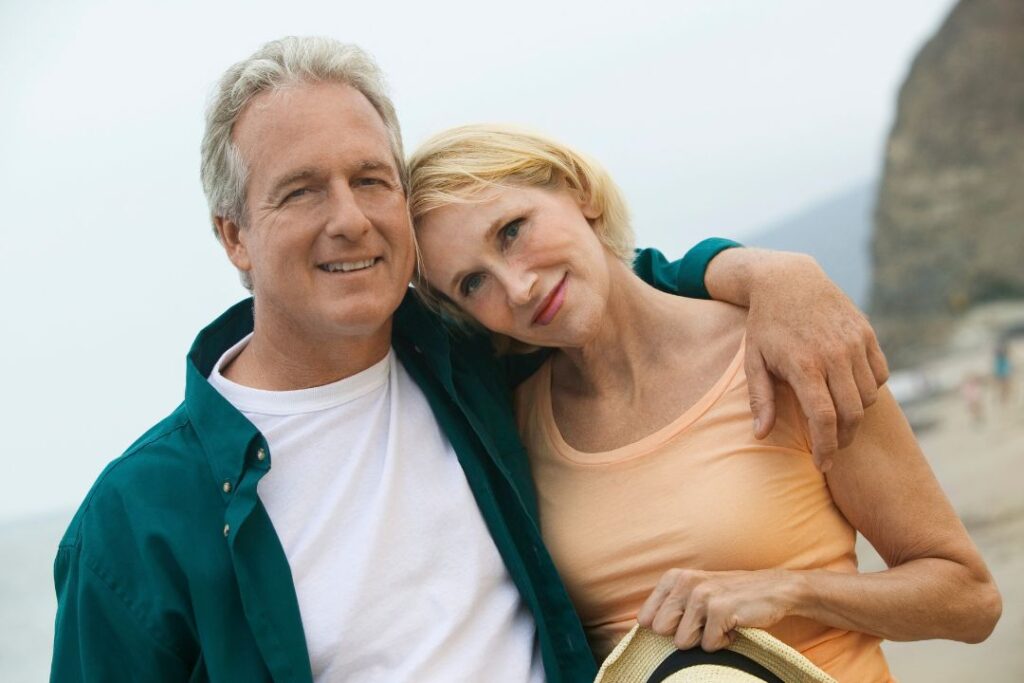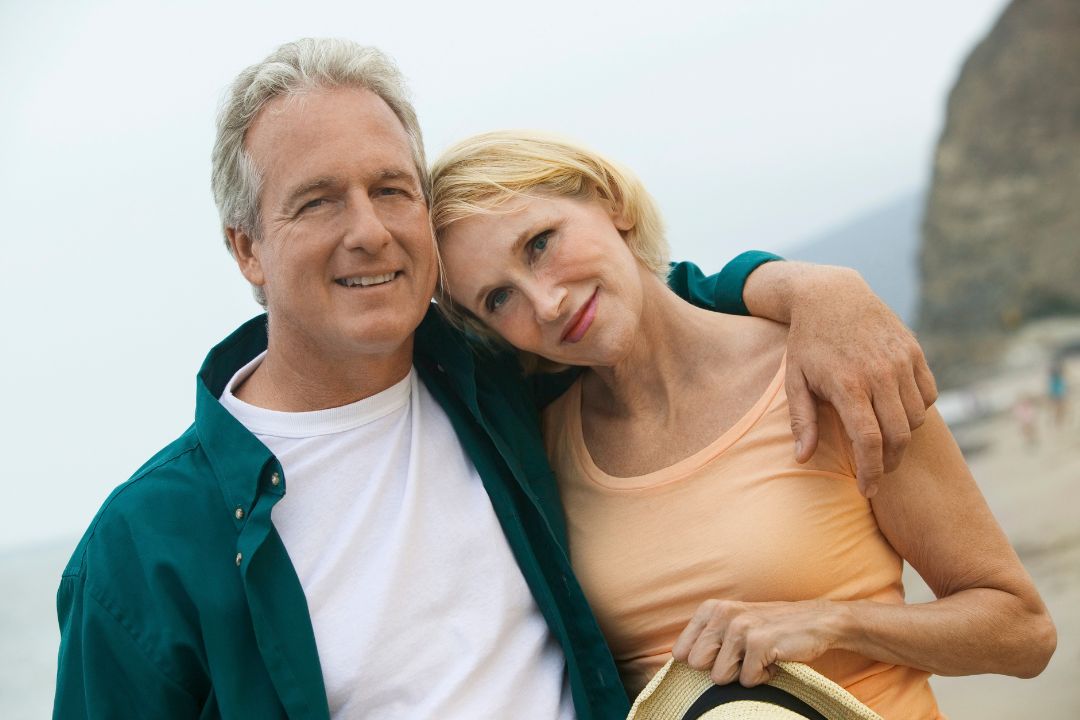Varicose Veins and Aging
 Introduction to Aging and Vein Health
Introduction to Aging and Vein Health
Everyone expects gray hair and wrinkles as we grow older, but few anticipate the changes that our circulatory system, particularly our veins, undergo. Varicose veins, which are prevalent in older populations, are more than just a cosmetic concern. This article will help you navigate the intricacies of aging and vein health.
The Aging Process and Its Impact on Veins
As the years accumulate, our body, including our circulatory system, faces the inevitable challenges of aging.
How age affects blood flow
Over time, blood vessels, like elastic bands left in the sun, lose their elasticity. This degeneration impedes the steady flow of blood back to the heart, leading to pooling, especially in the veins of the lower extremities.
The skin’s role in vein health
Furthermore, our skin also undergoes changes. As it becomes thinner and loses its elasticity, veins become more prominent. This, combined with the diminished support from surrounding tissues, can exacerbate varicose vein appearances.
What Are Varicose Veins?
Often seen as blue or dark purple, varicose veins are enlarged, bulging veins that may appear twisted. They’re not just an aesthetic issue—they can lead to discomfort and health concerns.
Causes of Varicose Veins
Age is a significant factor, but it’s not the only culprit behind varicose veins.
Genetics and Varicose Veins
Family history can’t be ignored. If you remember a grandparent or parent with prominent veins, your chances of developing them are higher. It’s the genetic card we’ve been dealt, but understanding it means we can take preventive measures.
Lifestyle Factors
Sitting or standing for extended periods, being overweight, and even factors like pregnancy can escalate the risk of varicose veins. Hormonal changes, especially in women during various life stages, also play a part. It’s clear: age is just one piece of the puzzle.
Symptoms and Signs of Varicose Veins
These veins don’t always remain silent. Sometimes they announce their presence loudly.
Recognizing Early Warning Signs
The signs can range from a heavy feeling in the legs, muscle cramping, to more visible changes like inflammation or skin discoloration. The earlier these signs are recognized, the better equipped we are to manage them.
Prevention and Management
Knowledge is power. With the right information, you can prevent or manage varicose veins efficiently.
Diet and Exercise
A heart-healthy diet and regular physical activity are two crucial components. They don’t just benefit the heart but also the entire circulatory system. Foods rich in vitamin C and E, for example, support healthy veins. Exercises, especially ones that focus on the legs like walking or swimming, promote better blood circulation.
Medical Interventions
Beyond lifestyle changes, medical advancements offer hope for those with severe varicose veins. From non-invasive treatments like laser therapy to surgical options, there are a plethora of treatments tailored to individual needs.
Conclusion and Takeaways
Aging is an irrefutable fact of life. Yet, how we age, especially when it comes to our vein health, is within our control to a significant extent. With a blend of awareness, lifestyle choices, and medical interventions when necessary, varicose veins can be effectively managed.
Frequently Asked Questions
- Is there a connection between spider veins and varicose veins?
Yes, both relate to venous insufficiency, but spider veins are smaller and closer to the skin’s surface. - Do men get varicose veins as often as women?
While more common in women, men too can develop varicose veins. - How can I camouflage varicose veins?
Supportive stockings and self-tanners can help in the cosmetic concealment. - Are there natural remedies for varicose veins?
While there’s no proven cure, certain herbs like horse chestnut are believed to support vein health. - Is it safe to exercise with varicose veins?
Absolutely! In fact, exercises like walking can be beneficial. Just avoid straining activities like weightlifting.






